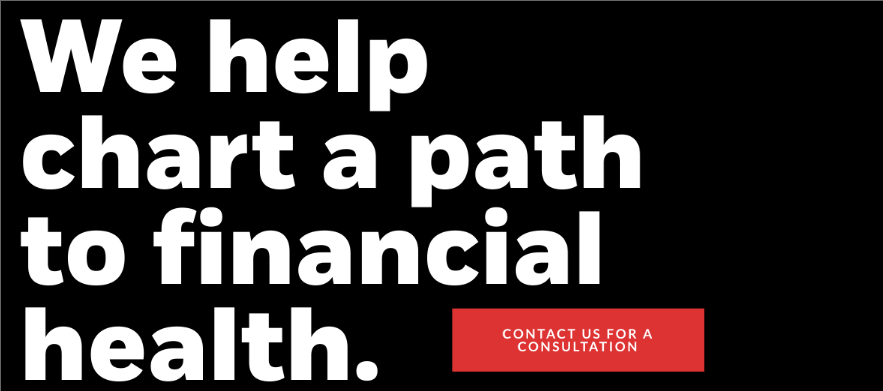Trying to run a business without managing cash flow is like trying to paddle a boat without an oar. Even if you succeed, it will be an upstream exercise guaranteed to wear you out. Not to mention, poor cash flow management can result in your business shutting down completely.
With poor cash flow, it only takes one major downturn or disaster to leave you washed up. To avoid this fate, let’s take a look at what exactly cash flow management is, and why it’s such an important part of financial management.
I’ve seen many startups and small businesses fail over 20+ years as a professional CPA and part-time CFO.
They had one thing in common: they all were at poor at cash management.
What is cash flow management?
Cash flow management is important for all businesses, but it’s critical for early startups. If you cannot manage your cash flow within the first year, you will likely not survive past the second year. Over the last few years, I have written articles related to managing cash flow in uncertain times, cash flow management metrics, calculating startup cash burn rate, Cash flow is simply the money flowing through the business.
Poor cash flow can result in your business lacking the funds to pay suppliers or cover immediate needs.
A line of credit can only carry your business so far. Once your credit cards and loans are maxed out, you’re left needing cash or faced with the reality of shutting your doors.
Cash flow management KPIs can help you understand your current and potential financial position so you can make better-informed business decisions.
Cash Flow Metrics vs. Cash Flow KPIs
Cash flow metrics are simple measures of information and are often found on financial statements. KPIs, on the other hand, give more insight and add meaning to the metrics. For example, seeing a metric of net income is helpful, but it becomes meaningful when other information, such as performance over time or how assets relate to liabilities, etc., are factored in. KPIs for cash flow are financial metrics that guide management and stakeholder decision-making.
Is cash flow a KPI?
Cash flow statements are summary documents that detail the cash or cash equivalents going into and leaving your business. There are many cash flow related KPIs, including operational cash flow and working capital optimization measures.
Cash flow vs. profits
Cash flow is different from profits. Cash flow measures money coming into and going out of the business. Profit is the money left over after the business pays its bills.
Use these 5 cash ratio metrics /key performance indicators (KPIs) to become a cash flow master and save your business.
1. Quick Ratio
(Cash + Accounts Receivable) / Current Liabilities
This ratio shows how quickly companies could meet short-term obligations.
1 or higher is considered good but check industry averages.
2. Cash burn rate
(Cash Balance Beginning of Period – Cash Balance End of Period) / # of Months in Period
This tells you how many months of cash you have in the bank. If you’re profitable, it will tell you how quickly you’re building your cash reserve, which can help you understand:
- When to take distributions
- How long before you can make a specific investment
If you’re unprofitable, it tells you how much cash you are using each month.
Your cash runway will tell you how long before you run out of money:
Cash Runway = Total Cash Reserve / Burn Rate
Understanding your burn rate and runway is important for proper cash planning.
3. Cash Conversion Cycle (CCC)
Days of inventory outstanding (DIO)
+ Days sales outstanding (DSO)
– Days payables outstanding (DPO)
Simply, CCC is how long it takes from investment (purchase of inventory) to a collection of revenue (cash in hand).
Getting your cash conversion cycle negative (or close to it) will mean you need less cash to operate your business.
4. Operating Cash Flow
Net income + non-cash items + changes in working capital
This is from the Statement of Cash Flows and tells you how much cash is being generated by the business operations.
To sustain a business long-term, you need to generate cash from operations.
Ideally, you’re generating enough cash from operations to support business growth:
- Buying new equipment
- Buying inventory
If operating cash flow is negative, cash is coming from:
- Investing Activities
- Financing Activities
- Previous cash balances
- Owner funding the business
You need to understand why and how you’re going to fix it.
5. Free Cash Flow (FCF)
Operating cash flow – capital expenditures
Operating Cash Flow doesn’t take into account expenses on long-term assets, which is where FCF saves the day.
Free Cash Flow helps you understand how much cash the business is generating AFTER reinvestment.
A high FCF can be used to:
- pay off debt
- reinvest in the business
- as a dividend for the owners
This really gives you flexibility and consistently high FCF is the holy grail of running a company.
Best Practices for Managing Cash Flow
Monitoring cash flow has many benefits for a business. One of their best uses is helping you plan for and address any shortfalls. These best practices can help you keep your organization solvent and maintain a steady cash flow.
- Offer customers incentives to pay at the point of sale or early.
- When possible, negotiate terms with vendors to extend your payment terms to net 60 or net 90.
- Identify and address any cash flow issues early to avoid long-term harm to your business. Some of the best ways to do address cash flow concerns include accessing a line of credit, improving invoicing processes and cutting costs by identifying waste.
- When possible, automate your invoicing with finance software so invoices are sent promptly and payment is received more efficiently.
- Create a back-up plan and have some cash reserve on hand to cover shortfalls when they occur.
- Pick a software tool for your financial data to monitor KPIs regularly.
Conclusion
In business, the adage of cash is king holds true for a reason. Without a healthy cash flow, your company’s profitability, growth, and viability are threatened. It’s important to keep an eye on and understand your company’s cash position, how it relates to previous performance, and where it might be in the future. As long as your cash flow stays positive, your business can survive turbulent waters. Project future cash flows based on history and sound financial data, always keep your income balances and sheets up to date and stay vigilant.
Over time, cash flow management will become just another part of financial management for your company, and it will feel like second nature. Thomas Huckabee CPA has worked with hundreds of companies by conducting comprehensive cash flow analysis which helped them free up cash they needed for better deployment purposes such as investing in new products, paying down debt or funding new initiatives. Feel free to contact Huckabee CPA with any questions or a free consultation.










